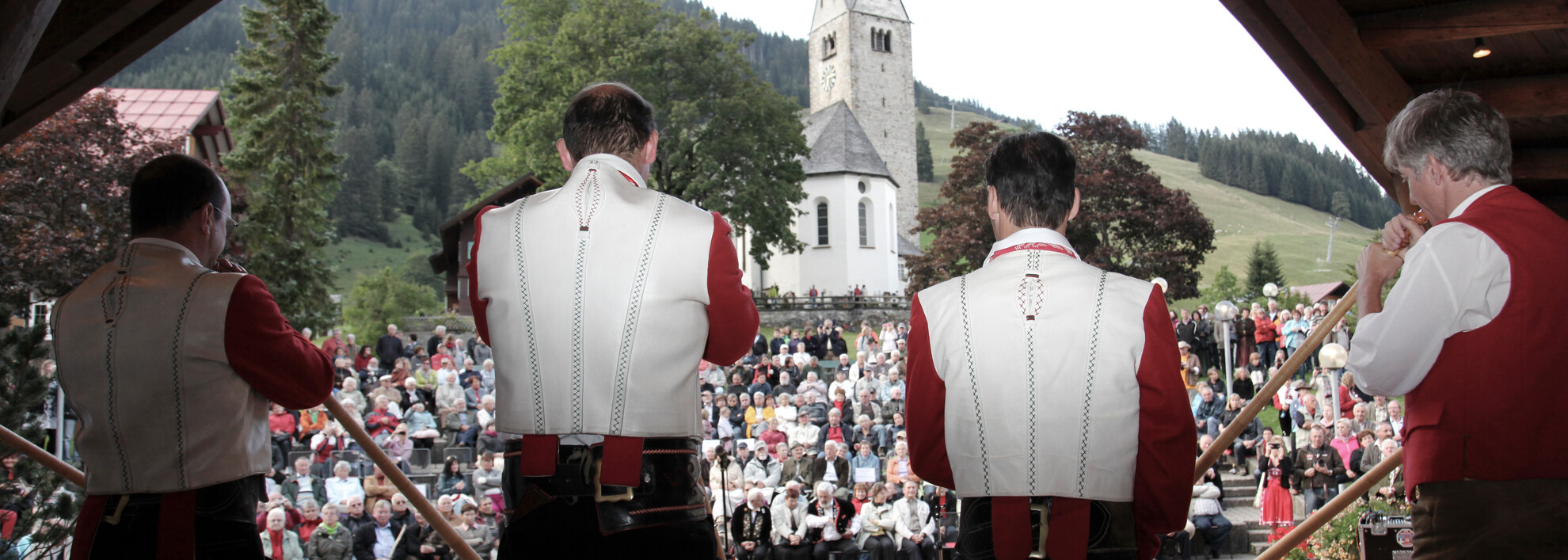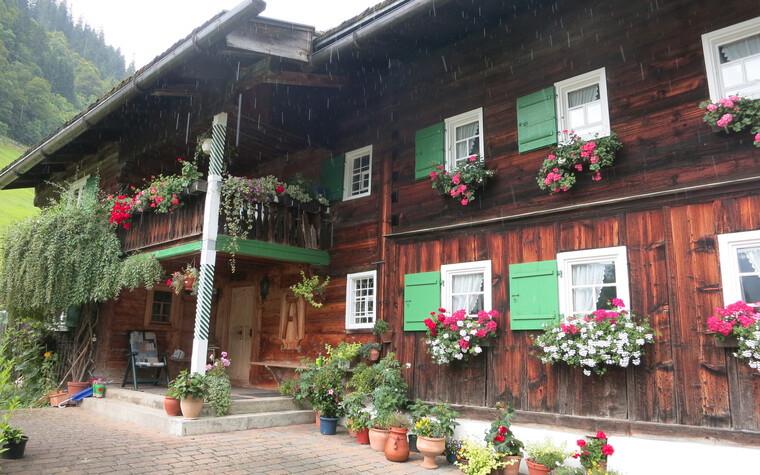
22 Sep. 2014 · Culture | Family

Sarina Berchtold
The Alphorn – the Mobile Phone of Yesteryear
As we walked down the steps to the music pavillion in Mittelberg, we don’t know exactly what to expect from our Alphorn course, which is taking place as part of the Alphorn event.
It would be a bit embarrassing if we are not able to produce a single sound out of it. Before we are allowed to try it out, we are first given a welcome ‘Grüezi’ from Gilbert Kolly, composer, Alphorn teacher and professional musician from Switzerland, who goes on to introduce us to the history of the Alphorn.
The Land of the Alphorn
The Right Alphorn
The Sound of the Mountains





Share page...
...and tell others